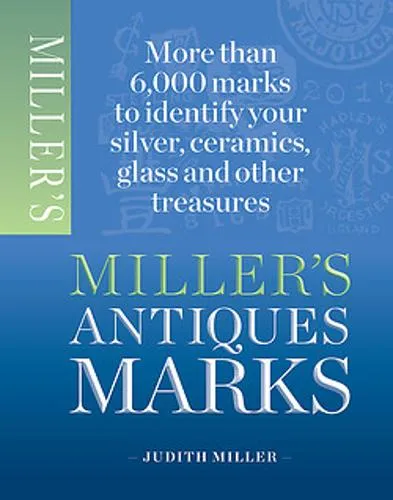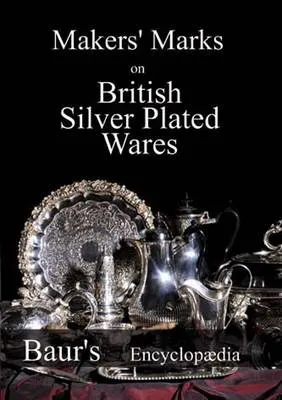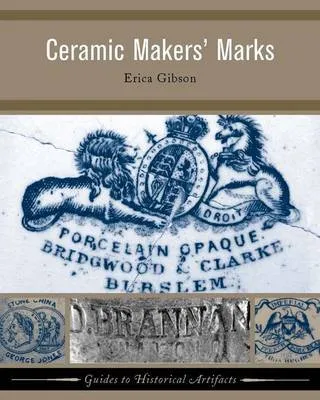Whether a beginner or seasoned collector, having a comprehensive understanding of an antique's style, materiality and origins is imperative in making sure your piece is accurately identified and priced. But how does one start to uncover these answers? One should first look for a hidden signature, otherwise known as the maker’s mark.
What is a makers' mark?
Makers' marks offer information on the 'who, what, and where' of the piece, essentially the equivalent of an artist's signature orthe modern day trademark. They help with the identification of the piece by denoting one or more of the following features: artist/manufacturer, date, country of origin, and number of pieces produced in the same style. These help buyers assess the value of the item and sellers to price correctly, for example based on the popularity of a manufacturer or the old-age of the piece. There are hundreds of websites and books devoted to documenting makers’ marks, so make sure to do your research before going out to your next antiques fair or auction!
Where do I find a makers' mark?
Makers' marks are normally hidden at first glance, as the maker who created it didn't want to detract from the overall visual appeal of the piece. Check the inside of drawers, the underside of ceramics and serveware, and the inside of rings and necklaces.
What if my piece doesn’t have a makers' mark?
Don't stress too much if your antique doesn't have a makers' mark, as not all antique furniture was marked. If there's no mark to be found one should consider the style and construction of the piece and determine whether it is synonymous with other pieces of that era, for example, check the piece is made with an accessible material of the supposed country of origin, or whether it has decorations or painting styles that fit that artistic movement. Don't assume that the lack of a maker's mark means a lack of authenticity, just be sure to go through the steps of authentication before you purchase!
The best books for identifying makers' marks:
Miller's Antique Marks by Judith Miller, £8.99, Waterstones – Buy it now

Makers' Marks on British Silver Plated Wares by Christian Baur, £29.95, Waterstones – Buy it now

Ceramic Makers' Marks by Erica Gibson, £34.99, Waterstones – Buy it now
